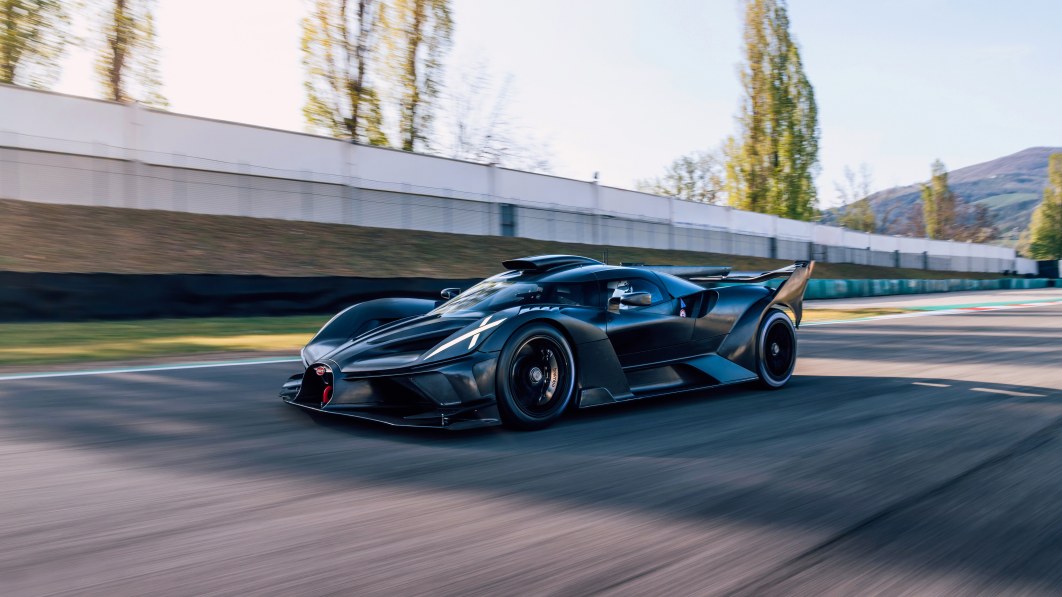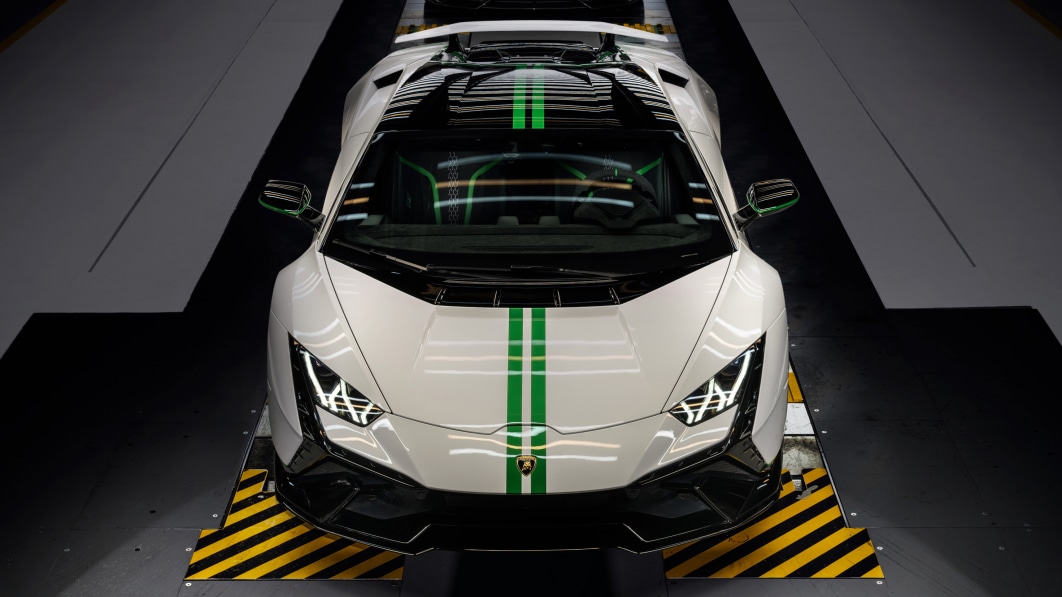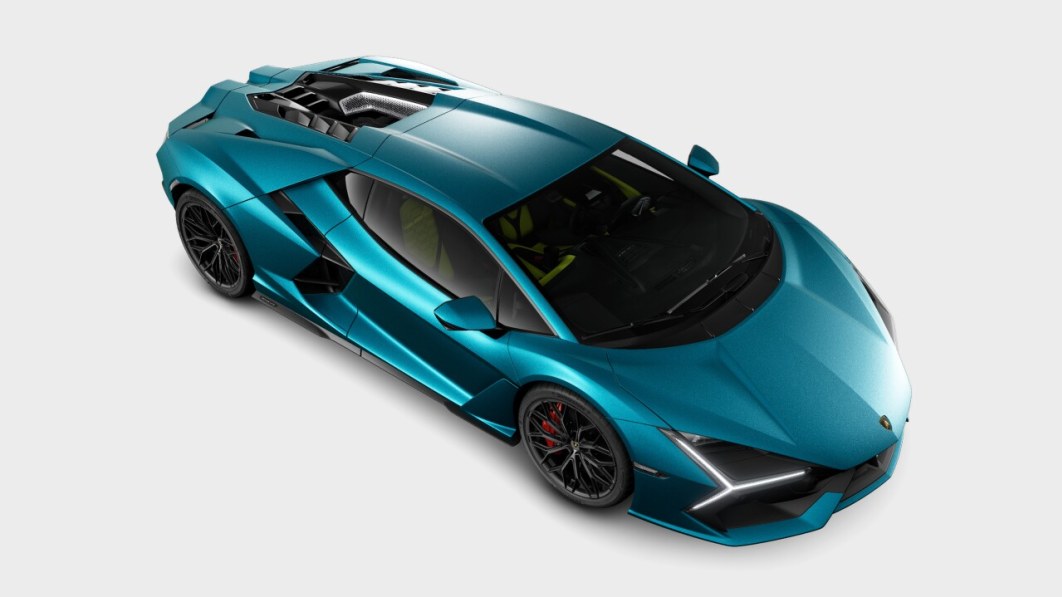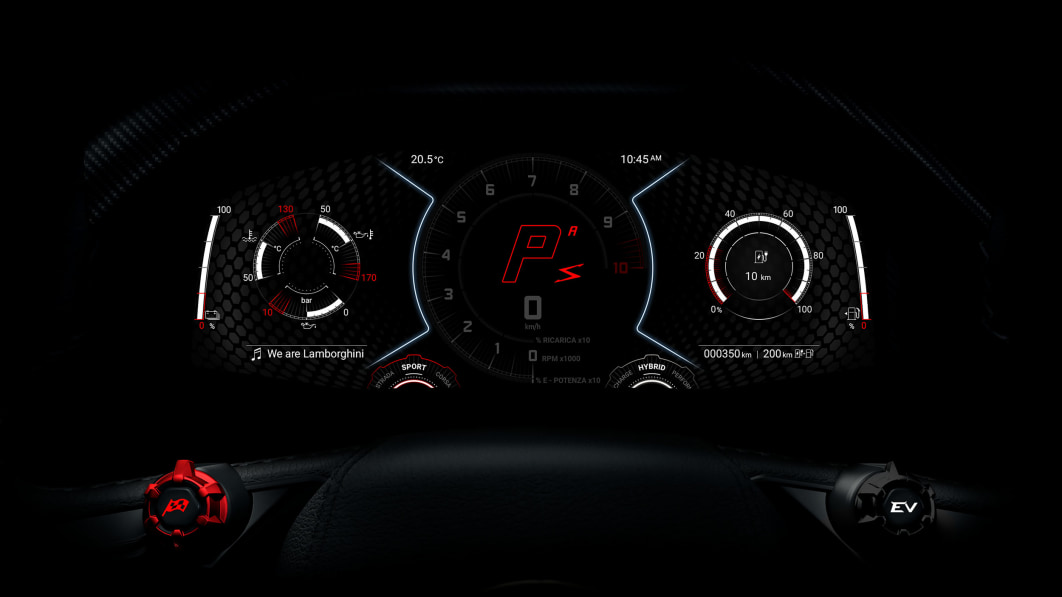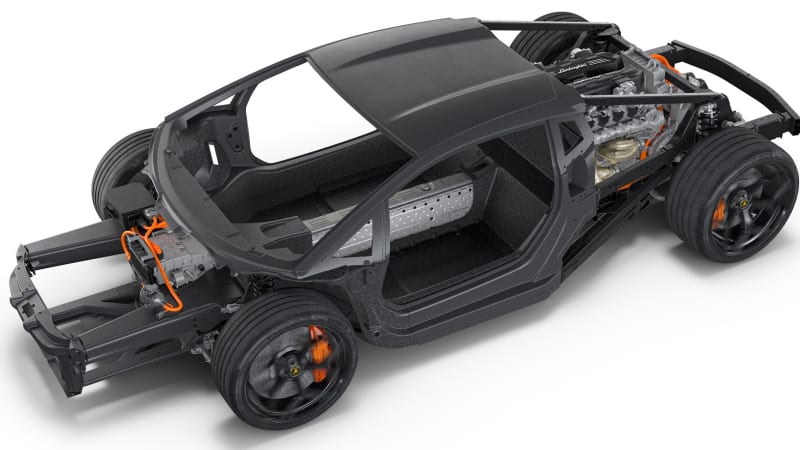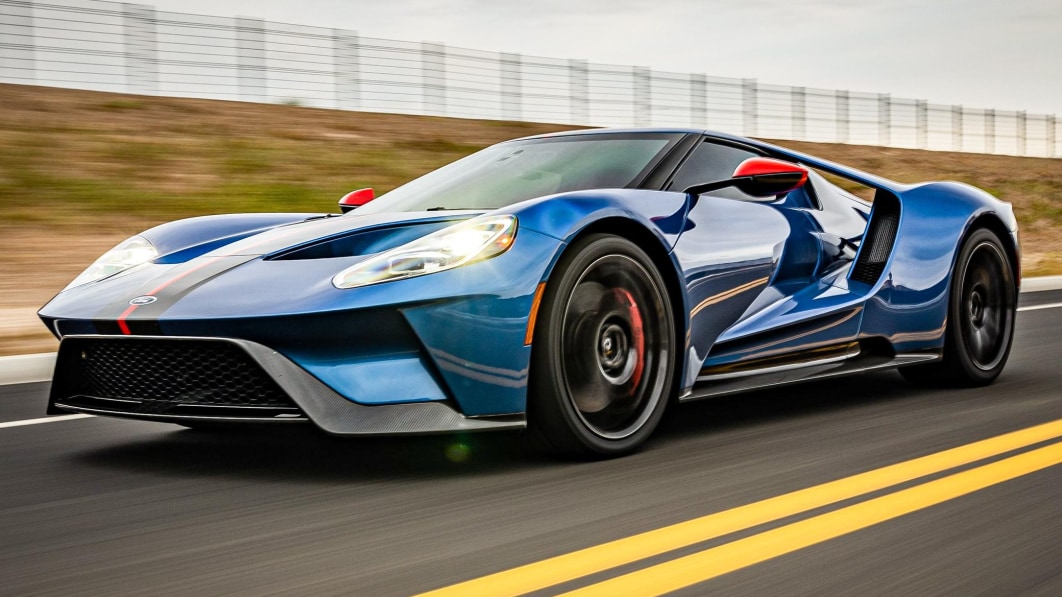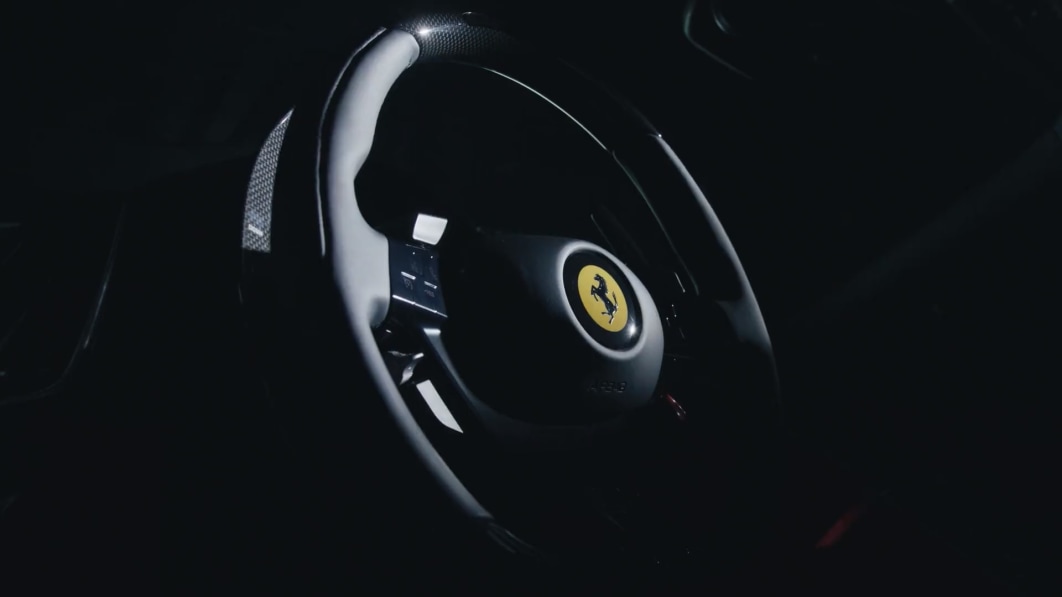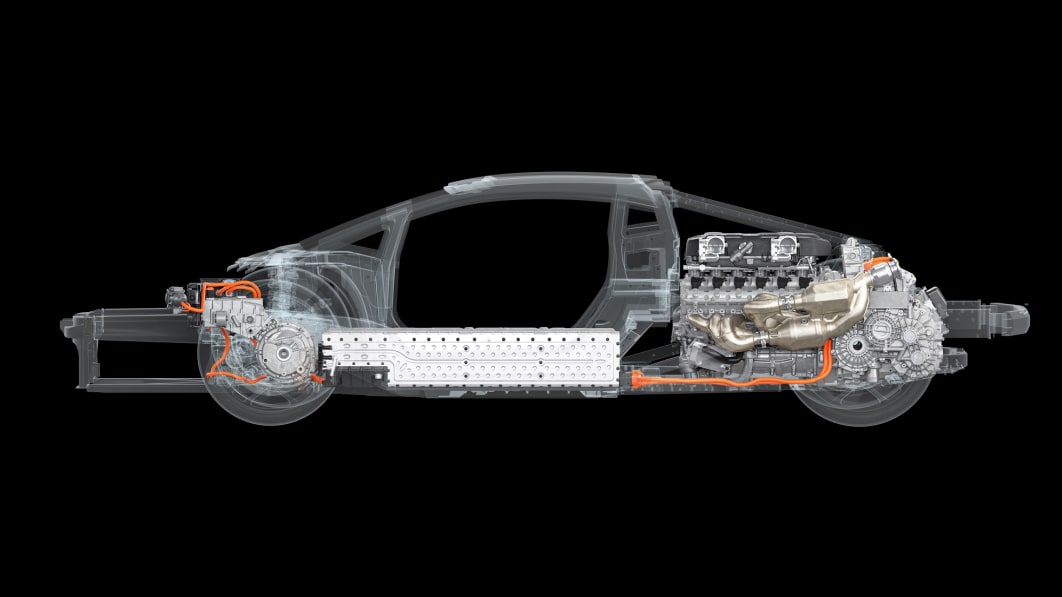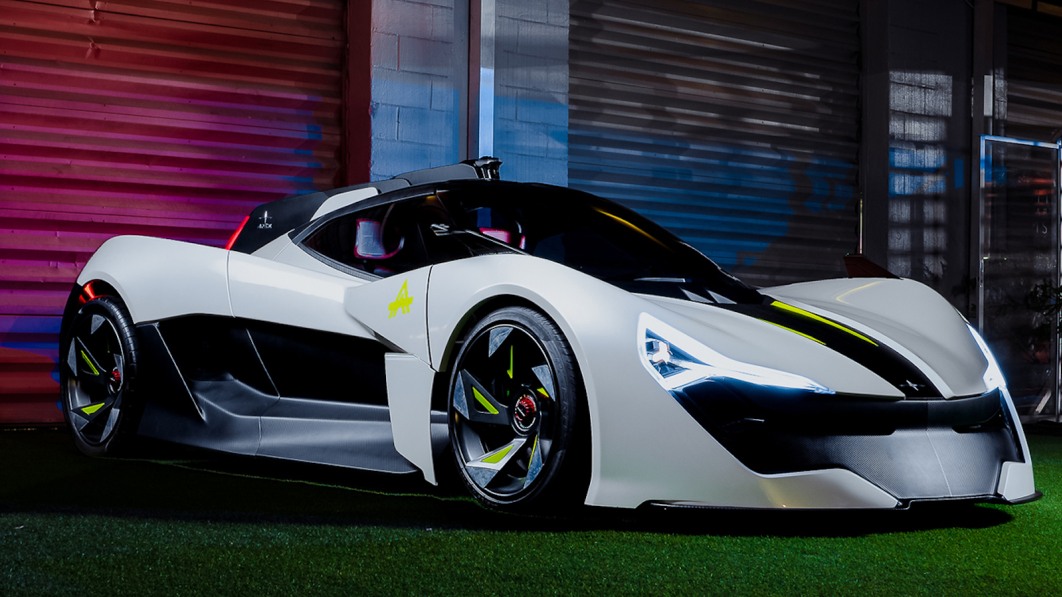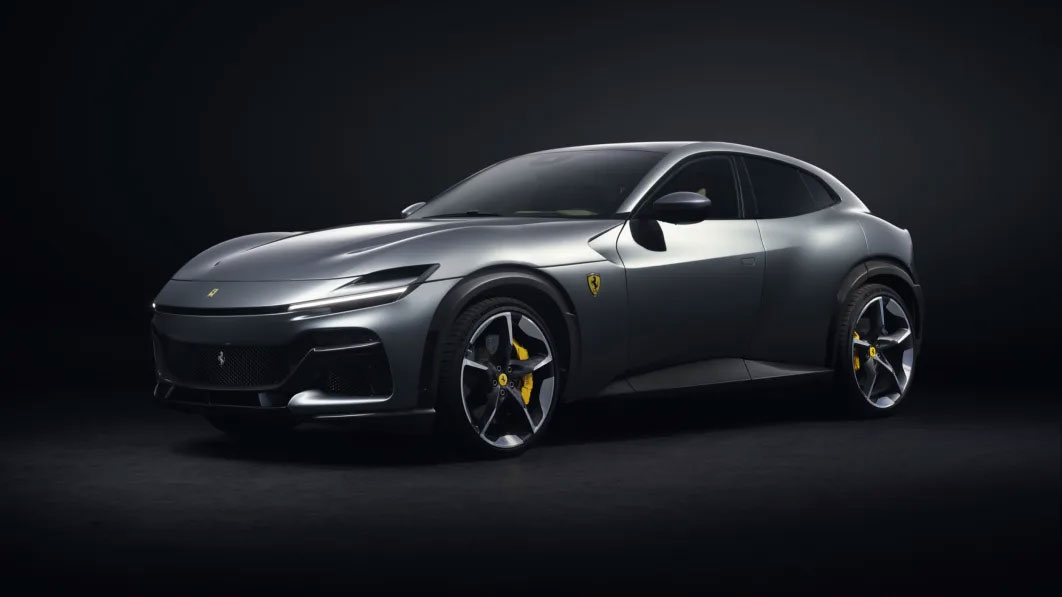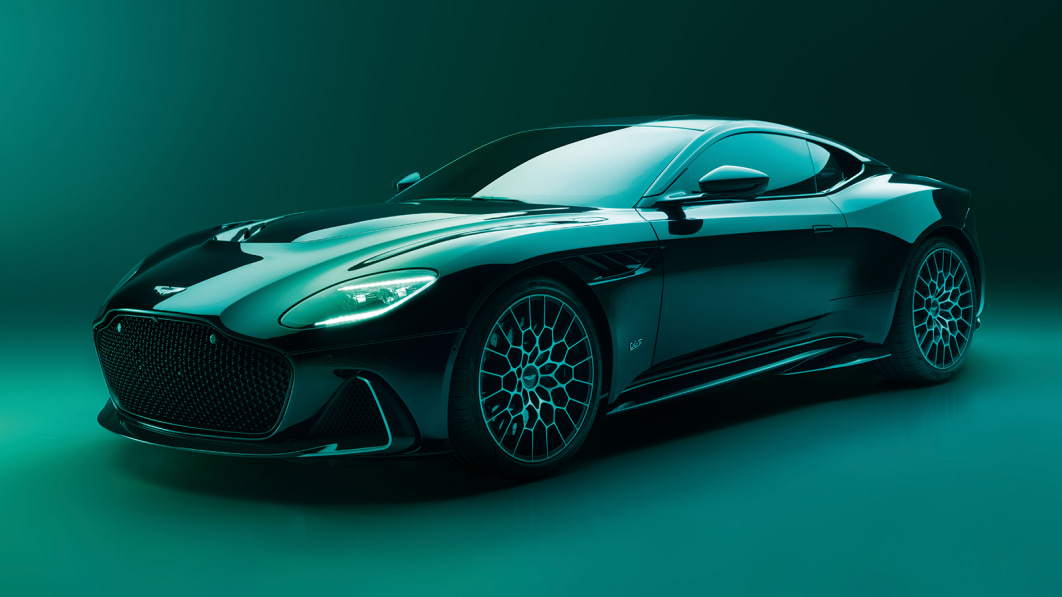$4.4M Bugatti Bolide moves down the track and closer to production
Unveiled in 2020, and approved for production a year later, the Bugatti Bolide is one step closer to hitting the track. The automaker just published photos of the car being put through its paces, and it released details about some of features that differentiate it from the Chiron.
Writing off the Bolide as a rebodied Chiron would be an oversimplification. While the two cars share an 8.0-liter, quad-turbocharged W16 engine, the list of Bolide-specific parts is long. Bugatti explains that its engineers designed the model around a new carbon fiber monocoque, and they were unfettered by the various rules and regulations that shape modern cars because the Bolide isn’t street-legal. It’s exclusively a track car. Changes were made to the cooling system, the suspension system, and the transmission; the suspension is notably three times stiffer than the Chiron’s, and it includes uniball bearings. Several 3D-printed parts, including titanium rockers, will be used to build it.
Even the engine isn’t carried over; not quite. In the Bolide, the four turbochargers always provide boost because the 16-cylinder is expected to spend a lot of time at higher revolutions. In comparison, the Chiron uses a sequential setup: The two smaller turbos generate boost at up to 3,800 rpm, and the two bigger units kick in beyond that. The end result is 1,578 horsepower in a car that tips the scale at 3,196 pounds.
Slick tires designed by Michelin put the power to the ground, while a carbon-ceramic braking system keeps it in check. Interestingly, Bugatti designed new calipers that generate and absorb heat to help the brakes warm up as quickly as possible (they’re less effective when cold).
Bugatti will begin delivering the Bolide in 2024. Production is limited to 40 units, and the model is sold out in spite of a base price pegged at €4 million excluding taxes, which represents approximately $4.39 million at the current conversion rate. If that’s too much, or if you missed your chance to buy one, one alternative is a 905-piece Lego Technic kit that stretches about a foot long and that costs about $50.
It’s too early to tell what’s next. We know that the Bolide is one of the last W16-powered Bugatti models along with the Mistral convertible and the final examples of the Chiron. The 16-cylinder chapter is about to end, and Bugatti confirmed that the Chiron’s replacement (which hasn’t been shown or given a name yet) will use a plug-in hybrid powertrain and feature a design described as “leaner and more athletic.”

